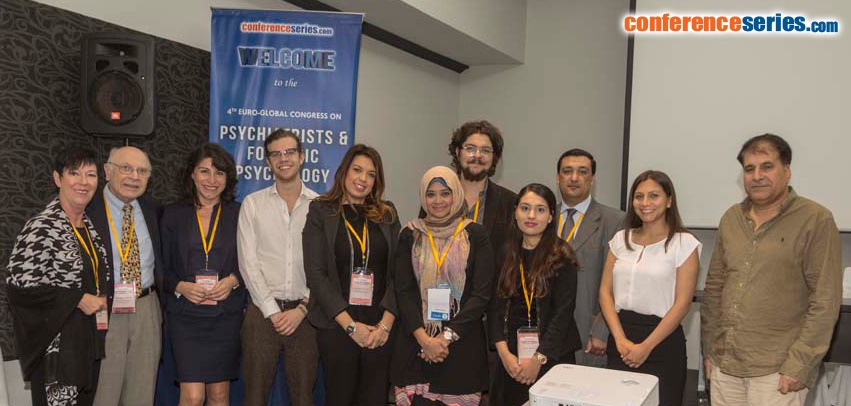
Theodore A Petti
Rutgers-Robert Wood Johnson Medical School, USA
Title: The relevance of non-suicidal self-injury to suicide and suicide attempts in adolescents
Biography
Biography: Theodore A Petti
Abstract
Suicide is now the second leading cause of death in adolescents and young adults. Self-harm behaviors are frequently reported in this population. The lifetime prevalence is 12% to 16% for any suicidal ideation, 4% to 13% for suicidal ideation with a plan, and 4% to 8% for suicide attempts (SAs). Non-suicidal self injury (NSSI), self-harm with no intent to die is much more common in adolescents with reported lifetime prevalence from 12% to 23% and even higher in adolescent clinical populations. Distinctions between suicidal and non-suicidal self-harm have become clearer. Critical overlaps persist as both represent increased risk for completed suicide, with NSSI representing a greater risk factor than SAs for a deadly outcome. This presentation describes models of suicidal behavior and the role played by NSSI in the process of SAs and completed suicide. The role of self-harm from ideation to NSSI and/or SA is critical for case formulation and conceptualizing further assessment and therapeutic interventions. Numerous risk factors for SA and NSSI have been validated but there are no landmarks to acutely predict a SA for a given individual. The hopefulness that consciously or unconsciously accompanies NNSI is contrasted to the hopelessness of SA and completed suicide and expanded upon. Models are integrated to explain NSSI relevance in case formulation when suicidal behavior has a high potential to occur. The bio-psychosocial basis for self-harm and suicidal behavior is reviewed. Implications for placing NSSI in the context of SAs and their relevance for SAs and completed suicide are outlined.



